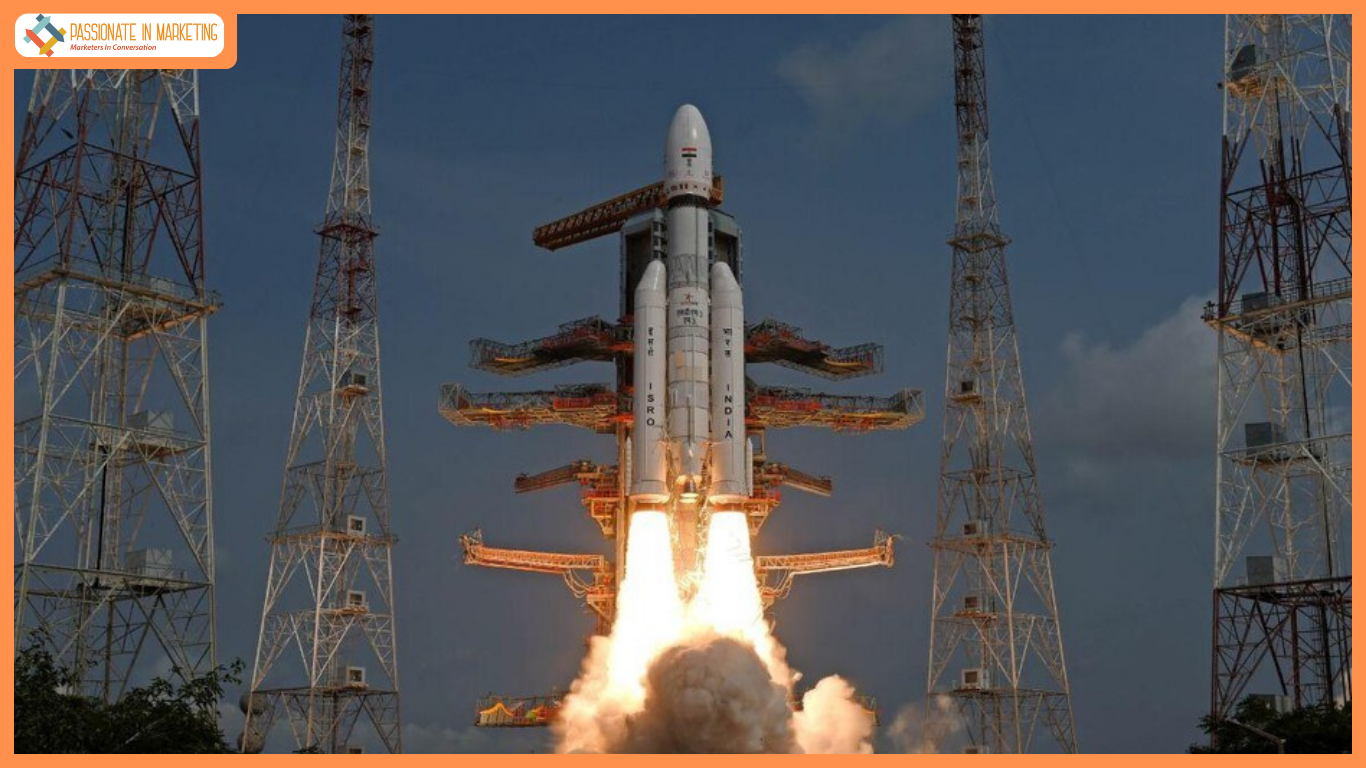Blog Credit: Trupti Thakur
Image Courtesy: Google
RISC-V Symposium
The Digital India RISC-V Symposium, a one-day event held on August 6, 2023, at the prestigious IIT Madras Research Park, was a momentous occasion for the Indian electronics industry. Organized by the Ministry of Electronics and Information Technology, Government of India, in collaboration with IIT Madras and IITM Pravartak Technologies Foundation, the Symposium aimed to showcase the future of Electronics in India through the RISC-V pathway.
‘Digital India RISC-V Symposium’, a one-day event showcasing the ‘future of Electronics in India through the RISC-V pathway’ was organised on August 6, 2023 at IIT Madras Research Park.
The Symposium featured insightful tech talks by esteemed academics and industry experts, interactive stalls showcasing indigenous RISC-V processors, an engaging hackathon, and a special Investor meeting.
The Symposium was organised by the Ministry of Electronics and Information Technology, Government of India, IIT Madras and IITM Pravartak Technologies Foundation. Rajeev Chandrasekhar, Minister of State for Electronics and Information Technology, Government of India, participated virtually in the event. Professor V Kamakoti, Director, IIT Madras, took part along with researchers, professors and students.
The Government of India, taking concrete steps towards realising the ambition of self-reliance and a noteworthy stride towards Atmanirbhar Bharat, launched the Digital India RISC-V Microprocessor (DIR-V) Programme with an overall aim to create Microprocessors for the future in India, for the world and achieve industry-grade silicon and Design wins by December 2023.
Addressing the Symposium virtually, Chief Guest Rajeev Chandrasekhar, Minister of State for Electronics and Information Technology, Government of India, said, “Less than a decade ago, India was a consumer of technologies. India was a large market that consumed technologies and innovations that were innovated outside of this country and we were on the edges of this core deep tech ecosystem of semiconductors, electronics and high-performance system.”
“It was in 2015, that this vision was laid out by our Prime Minister Shri Narendra Modi that India must transform from a consumer of technologies to a country where our innovators and start-ups are architecting and designing platforms, solutions, systems, products and devices as much as any other nation in the world. Here we are, 15 months after the SEMICON programme was launched, we are now talking about the future of DIR-V (Digital India RISC-V) and how IIT Madras is fast becoming a hub for innovation, creativity and future systems around DIR-V,” he added.
Congratulating Professor V Kamakoti for his leadership as the Chief Architect of DIR-V programme and Krishnakumar Rao, Senior Director, CDAC Trivandrum, Shri Rajeev Chandrasekhar added,
“Between IIT Madras and CDAC, you are certainly becoming a beacon to all of the other academic institutions around the world who are interested in becoming part of this rapidly galloping ecosystem of semiconductors and electronics innovation. You are inspiring them to join this as well.”
Rajeev Chandrasekhar added, “The Government of India is very committed to making DIR-V the Indian ISA. While we may continue to have activities and programmes in the x86/ARM space, we are almost all in the DIR-V programmes. All of the innovations and systems and technologies and capabilities that we need in the automotive IoT sensor space, mobility space and high-performance computing space, our goal is to make sure that DIR-V has a serious presence in all of these three segments.”
OTHER ANNOUNCEMENTS
The results of the RISC-V ‘Capture The Bug’ Hackathon, conducted by Vyoma Systems Pvt. Ltd., were also announced during the occasion.
Speaking on the occasion, Professor V Kamakoti, Director, IIT Madras, said, “Today is a significant event in the journey of semiconductors which our country has embarked on. We started this journey during 2013-14 when we believed that there was going to be a major digital revolution that was going to happen globally and that many electronic devices were going to come closer to our lives.”
“Each of those devices would have a microprocessor and there must be a concerted effort where we make our own microprocessors for our country. We must make our indigenous microprocessor and we must know what it contains. We should be in a position to quickly configure and customise the microprocessors according to the requirement,” he added further.
Showcasing India’s Electronics Potential
The primary goal of the Digital India RISC-V Symposium was to create a platform to demonstrate India’s potential in the electronics sector. The Symposium brought together esteemed academics, industry experts, researchers, professors, and students to discuss the advancements and innovations in the field of electronics, particularly with a focus on the RISC-V pathway.
An Engaging Hackathon and Investor Meeting
In addition to the tech talks and interactive stalls, the Symposium hosted an engaging hackathon that encouraged participants to brainstorm and develop innovative solutions using RISC-V technology. Furthermore, a special Investor meeting was organized to attract investment and foster collaboration between industry players and startups involved in the RISC-V ecosystem.
Understanding RISC-V
RISC-V stands for Reduced Instruction Set Computer. Unlike traditional proprietary processor architectures, RISC-V is an open-source ISA that provides designers with the freedom to customize processors for various applications. It was initially developed at the University of California, Berkeley, and the ‘V’ in RISC-V stands for the fifth generation, signifying the continual evolution and improvement of this cutting-edge technology.
DIR-V Program: India’s Ambitious Pursuit
The DIR-V program, launched by India, has a clear objective: to boost the country’s semiconductor ecosystem. By creating advanced microprocessors based on the RISC-V architecture, India aims to become self-reliant in semiconductor design, reducing its dependence on foreign technology providers. The government’s commitment to this initiative showcases its determination to establish India as a major player in the global semiconductor landscape.
RISC-V International: Pioneering Collaboration
RISC-V International, the organization responsible for managing RISC-V, plays a pivotal role in driving the technology’s global adoption. With over 3,000 members, the organization fosters collaboration, innovation, and standardization within the RISC-V community. This inclusive approach has led to the creation of a robust ecosystem for RISC-V development and application across various industries.
Diverse Applications of RISC-V Processors
RISC-V processors find applications in a wide range of fields, including wearables, industrial devices, IoT sensors, and home appliances. Their adaptability and customizability make them ideal for space-constrained and battery-powered designs. Additionally, RISC-V cores can be tailored for specific industries such as smartphones, automotive, high-performance computing (HPC), and data centers, showcasing the versatility and potential of this revolutionary technology.
Empowering Innovation through RISC-V ISA
One of the most significant advantages of RISC-V architecture is its impact on software development. The ISA’s simplified processor instructions streamline the development process, enabling quicker custom processor development. Moreover, the open-standard nature of RISC-V encourages industry collaboration and fosters innovation, as designers can work together to create unique features and solutions.
India’s Ascent as a RISC-V Talent Hub
By establishing itself as a RISC-V Talent Hub for the World, India aims to showcase its strides in the global RISC-V community. This ambitious goal highlights the country’s thriving ecosystem of chip designers in academia, scientific societies, and startups, all striving to secure a prominent position in the growing RISC-V market. The government’s commitment to nurturing local talent and providing tech opportunities positions India as a major supplier of RISC-V SoCs worldwide.
Blog By: Trupti Thakur

09
AugRISC-V Symposium
Aug 09, 2023Recent Blog
Satellite Bus As A ServiceApr 29, 2025
Quantum Gravity Gradiometer PathFinderApr 28, 2025
The TechKriti 2025Apr 26, 2025
India’s First Quantum Computing VillageApr 24, 2025
India’s Achievement In QKDApr 22, 2025




